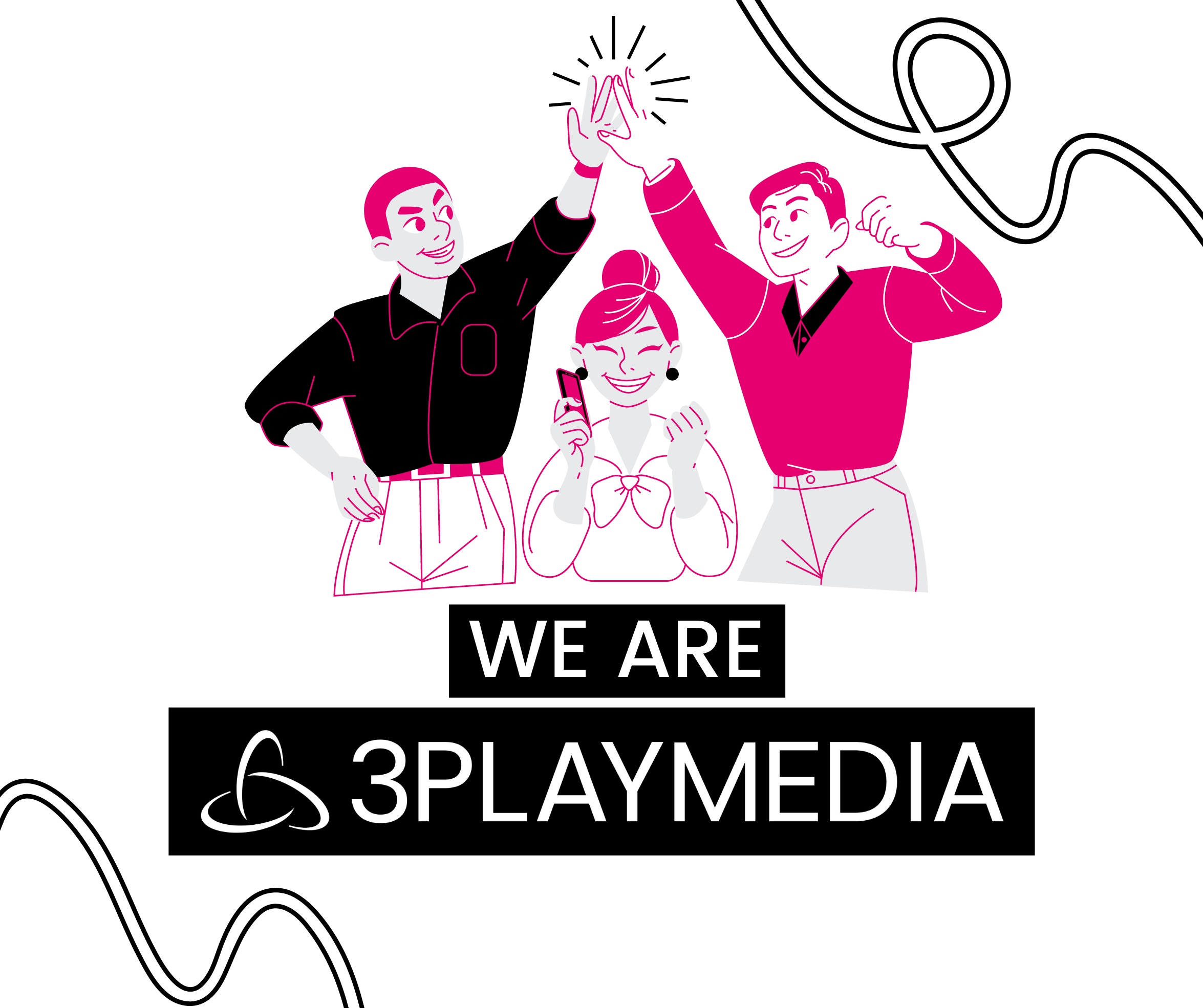Beginner's Guide to Captioning
Topics include:
-
Defining captions, subtitles, and transcripts
-
DIY captions with YouTube
-
Industry standards and best practices
-
Benefits of closed captioning
-
Recent captioning laws and lawsuits
-
How to publish captions on videos
Download the Guide:

What are captions?
Captions are text that has been time-synchronized with the audio track and appear on-screen while a video is playing. Captions can be open or closed: closed captions aren't visible until activated by the viewer, while open captions are hard-coded into the video and visible to all viewers.
The French Chef with Julia Child was the first show to air with open captions in 1972. By the 1980s, captions were mandated by the Federal Communications Commission (FCC) for all broadcast television in the U.S. The purpose of captions is to display dialogue and describe relevant non-speech elements (like sound effects and speaker identifications) that are necessary to a viewer's understanding – especially if the viewer cannot hear the audio.
A Full Service Media Accessibility Solution
3Play Media is an integrated media accessibility platform with patented solutions for closed captioning, transcription, live captioning, audio description, and localization. 3Play is a thought leader in video accessibility, and is committed to providing free, educational resources like this one.




